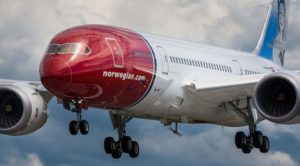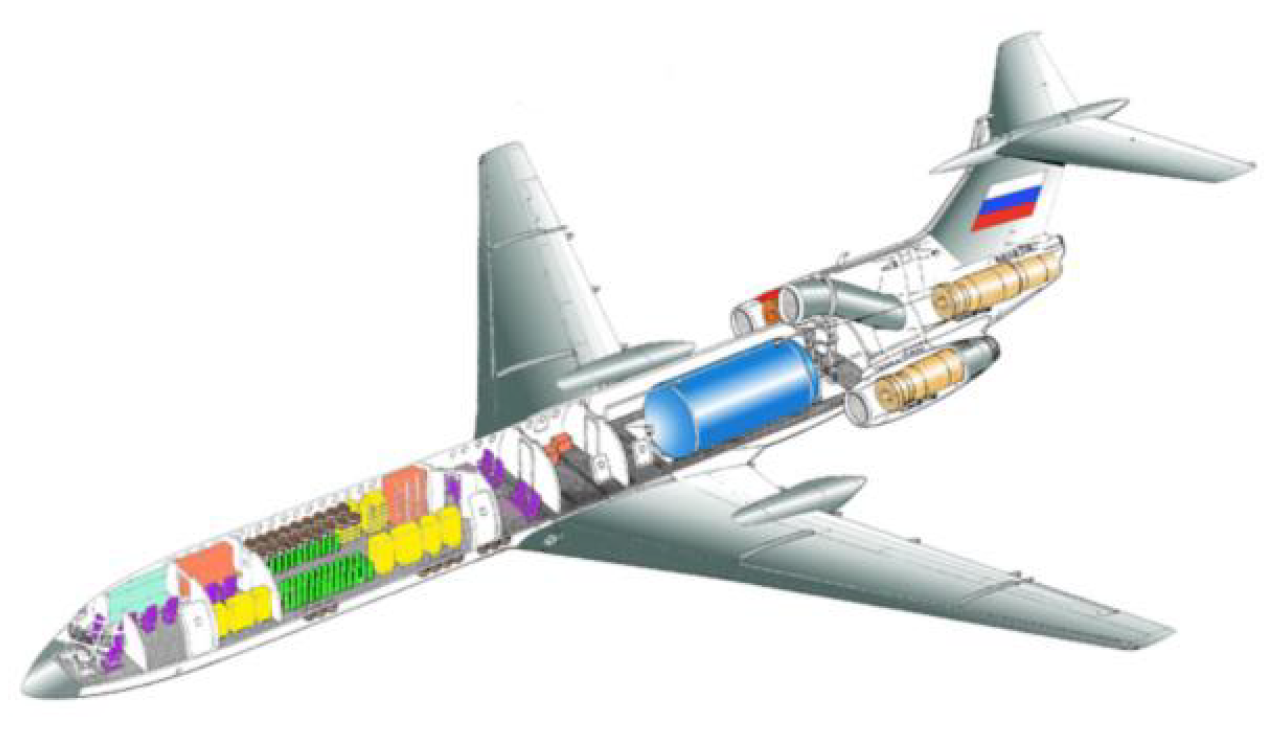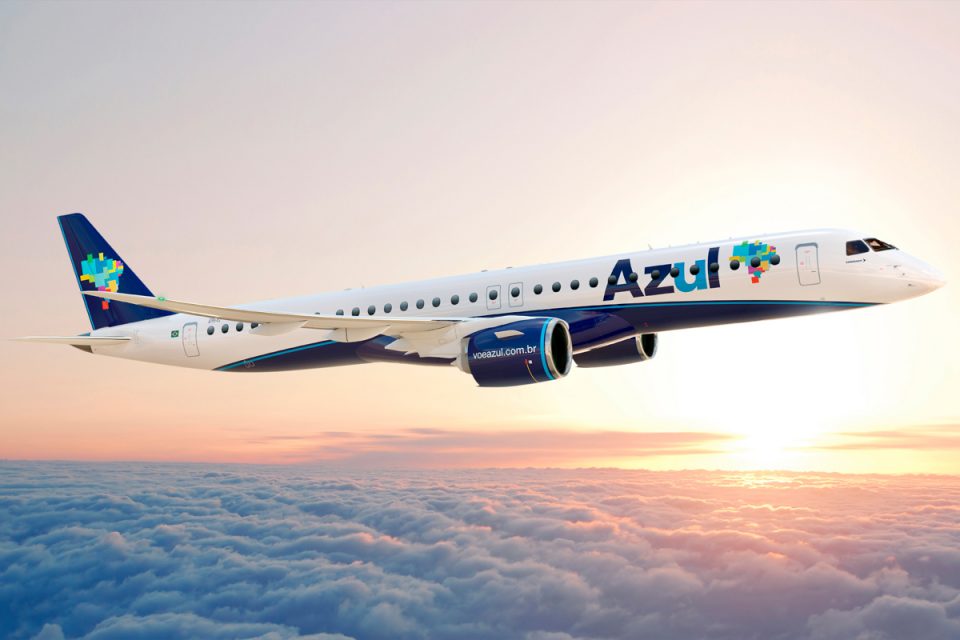Leeham News and Analysis
There's more to real news than a news release.
Podcast: 10 Minutes About the A321XLR and Why Boeing Can’t Compete
Jan. 26, 2021: © Leeham News: Today’s episode is 10 Minutes About the A321XLR and Why Boeing Can’t Compete. LNA’s Judson Rollins worked  for Boeing when the MAX was created. He brings an airline background as well, having worked for Air New Zealand and Continental.
for Boeing when the MAX was created. He brings an airline background as well, having worked for Air New Zealand and Continental.
A year of reckoning for Low-Cost Long-Haul
Subscription Required
By Vincent Valery
Introduction
Dec. 7, 2020, © Leeham News: Since the beginning of the COVID-19 outbreak, numerous carriers have either ceased operations or gone into court-supervised restructurings. Among those undergoing restructurings are the world’s two largest low-cost long-haul airlines, AirAsia X and Norwegian Air Shuttle.
Both carriers were in a precarious financial condition before the pandemic. Their troubles contrast with the financial solidity of some major low-cost airlines, including Ryanair and Wizz Air.
IAG closed its Level base in Paris Orly, while Lufthansa ceased SunExpress Deutschland’s operations. NokScoot, a joint venture between Singapore Airlines and Nok Air, also ceased operations after years of losses.
Before the COVID-19 outbreak, Primera Air ceased operations in 2018. Wow Air and XL Airways folded in 2019. Along with AirAsia X’s and Norwegian’s financial struggles, this raises questions about the viability of the low-cost long-haul business model.
LNA looks at the sequence of events that led to four major carriers’ failure and the viability of their business models.
Summary
- Low-cost long-haul isn’t new;
- Bringing no-frills to the next level;
- Undercapitalized for the level of risk;
- When going mainstream does not work;
- One certainty and a question mark on viability.
Bjorn’s Corner: The challenges of Hydrogen. Part 5. The Hydrogen tank.
August 21, 2020, ©. Leeham News: In our series on hydrogen as an energy store for airliners we start the design discussion of a hydrogen-fueled airliner by understanding the onboard storage of hydrogen better.
While there is present knowledge from for instance the space launcher industry, the storage demands for launchers are hours rather than days. Several implementations of longer storage aeronautical tanks have been done, among others by NASA/Boeing for high flying UAVs.
Airbus and the Russian aircraft industry were also active with research during the 1990s and Tupolev built a test aircraft that included a complete hydrogen fuel system (Figure 1).
Embraer’s 2Q2020: Revenues more than halved, causing increasing losses
By Bjorn Fehrm
August 5, 2020, ©. Leeham News: Embraer presented its 2Q2020 results today. The revenue virtually halved for 1H2020 to $1.17bn (2.2bn 1H2019) and shrank 61% for the second quarter to $537m ($1,379m 2Q2019), after delivering only four E-Jets during the quarter (26).
Total losses were -$342m ($27m), whereof -$202 was non-operational charges. The COVID crisis hits commercial aircraft deliveries, but Embraer had no cancellation of E-Jet orders in the quarter.
The Executive jet segment is holding up comparatively well, as is Defense and Security.
Airbus cuts 15,000 positions in its “COVID-19 adaptation plan”
June 30, 2020, © Leeham News: Airbus held a press call with its CEO Guillaume Faury today, where he elaborated on Airbus announced “COVID-19 adaptation plan”. 
Over the next 12 months, Airbus needs to reduce its airliner business workforce with 15,000 positions worldwide. Other parts of the company like Helicopters and Defence and Space are not affected by this plan.
Redundancies are not ruled out, but Airbus will work with its social partners to limit these by using available social measures such as voluntary departures, early retirement, and long term partial unemployment schemes offered by governments.
France to invest 15 billion Euro in its aeronautical industry
By Bjorn Fehrm
June 10, 2020, ©. Leeham News: France presented a 15 billion Euro support plan for the French aeronautical industry yesterday, to help the industry overcome the effects of the COVID-19 pandemic.
The plan has three focus areas:
- safeguard the employment of the 300,000 employed in the French aero industry
- transform the supplier network to a more robust structure
- and perhaps most interesting, set the direction for the industries’ next aircraft projects
Embraer announces a first Quarter 2020 loss of $292 million
By Bjorn Fehrm
June 1, 2020, ©. Leeham News: Embraer presented its 1Q2020 results today. It lost $292m (vs. loss of $43m 1Q2019) on revenues of $634m ($823m).
The reason is the COVID-19 crisis and halting commercial jet production during January, to prepare for the Boeing Joint Venture. It halved the 1Q2020 revenue of Commercial aircraft to $141m versus $281m last year.
The Executive jet segment is recovering, however. Its 1Q2020 revenue was $130m versus 117m 1Q2019, an 11% increase despite delivering fewer jets. The reason is high-end deliveries are now strong after several years of slump.
The separation costs for the canceled Boeing Joint Venture during 1Q2020 was $22m. The 1Q2020 results include $55m of special items due to the impacts of COVID-19. Embraer lowered the fair value of its stake in Republic Airways Holdings with $22m and made bad debt provisions for weak airliner customers of $33m.
Arbitration proceedings with Boeing have started for the canceled Comercial airplanes Joint Venture agreement and the KC-390 Contribution agreement. Embraer said in the quarterly presentation call it would be open to new cooperation agreements but had nothing new to tell on the subject.
The Company has $2,501m of Cash exiting 1Q2020 with first debt maturing in 2022. Given the present crisis for Civil aviation, guidance for 2020 is suspended.
US carriers not at imminent risk of bankruptcy despite potential shutdown
By Judson Rollins
March 16, 2020, © Leeham News: Throughout Sunday afternoon and evening, reports – all unconfirmed – began to emerge in the US that as early as today, the Trump administration may announce a suspension of US passenger flights domestically for 2-4 weeks. The suspension, if confirmed, could begin this week. Investors are scrambling to understand how long US airlines can survive on their current cash balances.
LNA reviewed the balance sheets of carriers worldwide in anticipation of such dramatic events. In this article, we will show that US airlines have plenty of time for demand to recover – or the US government to step in with emergency loans or grants similar to those doled out by the Air Transportation Stabilization Board from 2001 to 2003.

This airplane line-up at Chicago O’Hare Airport could be a thing of the past very soon. Source: Pinterest.
European airline struggles add risk to 15% of Airbus, Boeing orders
By Judson Rollins
Subscription Required
Introduction
Earlier this week, LNA examined the potential for a shakeout among European carriers as the coronavirus outbreak spreads to the continent.
Five European countries now rank among the ten hardest hit – travel demand is plummeting nearly as rapidly as after the September 11 attacks in the US.
On Thursday, UK-based Flybe went into bankruptcy after long-time financial struggles. The airline had 54 De Havilland Canada Dash-8-400s and nine Embraer E175-E1s in its fleet, more than half of which were leased from Nordic Aviation Capital and HEH Aviation Management.
LNA reviewed aircraft ownership data to understand top manufacturer and lessor exposure to European carriers, particularly those with known profitability issues and high debt loads.
Summary
- Airbus’s exposure to Europe is 16% on single-aisles and 19% on twin-aisles;
- Boeing has just under 15% of its single- and twin-aisle orders from Europe;
- Embraer’s E2 jet program has 27% exposure to the region;
- ATR, De Havilland Canada, COMAC face little to no threat from European airline woes;
- Norwegian, TAP, SAS, TUI are likely the most imminent threats to manufacturers and lessors.
Pontifications: The nuts and bolts of air disasters
March 9, 2020, © Leeham News: Commercial aviation accidents are high profile news events.
These happen rarely. Many times, a lot of people are killed. (It should be noted that often survivors may outnumber those killed as safety improved.)
In this era of 24/7 cable news and minute-by minute social media, everyone wants instant answers as to causes.
Finding answers is not simple. A typical accident investigation usually takes 12-18 months before the investigators issue a final report with a probable cause.
One reason for this is that sometimes, the cause of an accident comes down to a single bolt, or even a single cotter pin.
This is where the new book, Flight Failure, Investigating the Nuts and Bolts of Air Disasters and Aviation Safety, serves to remind us of just how intricate accident investigation is.







